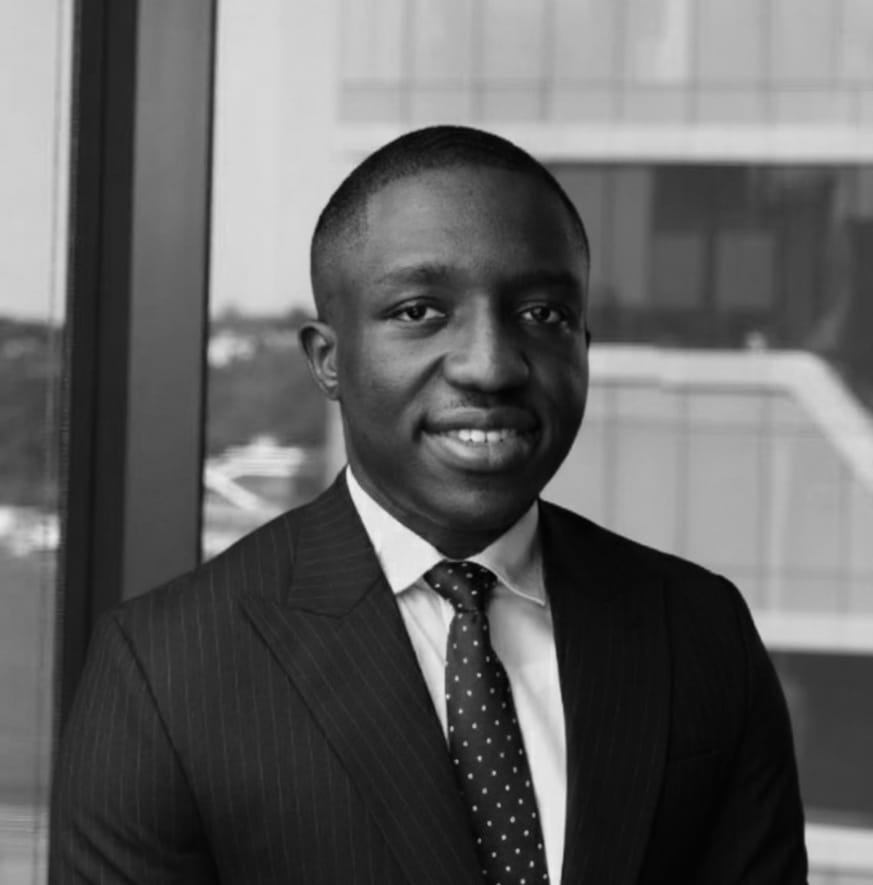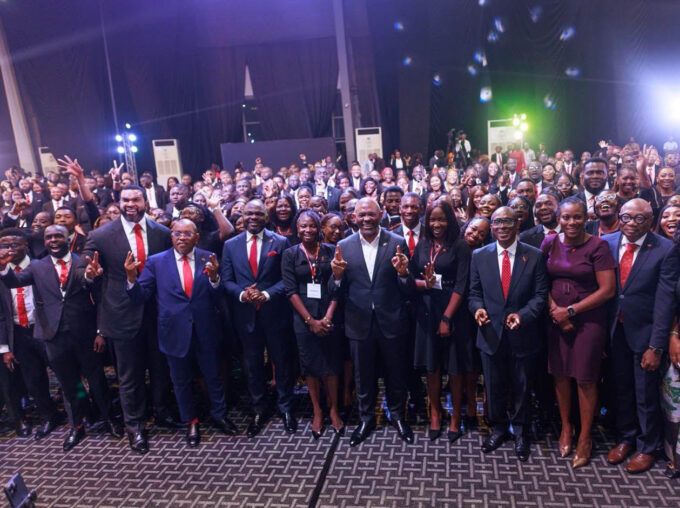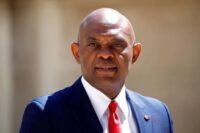Ebitari Itonyo is an infrastructure-finance professional whose career spans Africa Finance Corporation (AFC), MUFG Bank (New York), and ARM Holding Company.
He advises on energy, transport, and digital infrastructure projects across Africa and holds an MBA from Columbia Business School. He tells Vanessa Obioha about why Africa’s next development leap depends on execution, not funding.
Everyone agrees Africa has a huge infrastructure gap, but capital commitments keep hitting new records. What’s the real constraint?
The constraint is execution. Liquidity exists, from DFIs, sovereign funds, pension assets, and private-credit managers. Nigeria alone now holds over N25 trillion in pension assets as of August 2025, yet only a fraction of announced projects turn into operating assets. BCG’s Bridging Africa’s Infrastructure Execution Gap shows that barely 10 per cent of projects reach financial close and only six per cent move into construction; roughly 65 per cent stall before feasibility is complete. That’s an execution crisis, not a capital crisis.
Can you explain what you mean by “execution”?
It’s the full journey from concept to financial close. Three things define it. Preparation, which comprises credible demand forecasts and integrated financial models. Risk allocation, where risks are matched to the parties best equipped to manage them. Coordination, where the legal, technical, and commercial workstreams synchronised. Miss any of those and even good projects collapse under their own complexity.
From your work at AFC and MUFG, what distinguishes projects that actually close?
Consistency and discipline. At AFC, the deals that succeeded had early involvement of credit-enhancement partners like MIGA or ATI. At MUFG, we got involved really early, right from the project development phase and made sure the entire advisory chain worked off one validated financial model. Transparency in risk sharing made investors comfortable with pricing uncertainty instead of avoiding it. Execution is essentially project-management excellence applied to finance.
Where can Africa strengthen that discipline?
By professionalising project preparation. We need regional “project-prep factories”, not just one-off entities like the Nigerian Infrastructure Advisory Facility, we need small, expert teams of modellers, engineers, and lawyers who can convert concepts into bankable term sheets. Governments, DFIs, and Private Foundations can co-fund them, while private sponsors pay success fees when deals close. That’s how we scale bankability.
Many governments still try to lead every major project. Should the private sector take a bigger role?
Absolutely. It’s more cost-effective for governments to let private sponsors take the lead. When the state borrows at 15 per cent to fund an asset that yields high-single-digit returns, the math doesn’t work, even in developed markets. Governments should focus on enabling frameworks, viability-gap funding, and predictable tariffs, thereby crowding in private investors who need the certainty to be able to structure and execute.
FX risk and political risk remain deterrents. How can deals stay viable?
By building resilience into the structure. Use mixed-currency reserves, inflation-linked tariffs, and enforceable step-in rights. The goal isn’t to eliminate volatility; it’s to design projects that survive it. When investors see that discipline, confidence follows.
What would success look like five years from now?
Success is when Africa routinely turns feasibility studies into financial closes within 18 months, not five years. When that happens, pension money, private credit, and DFI capital will converge on a stable, repeatable pipeline. At that point, Africa’s problem won’t be execution; it’ll be prioritisation.
What’s the way forward?
The issue isn’t capital, it’s conversion. Africa’s next leap forward depends on transforming available funding into real, productive assets. To do that, we must manage risk better, build trust in our project structures, and reach a point where we can confidently invest our own retirement savings in the continent’s infrastructure. That’s how we prove that Africa can finance and execute its own future.

















Leave a comment